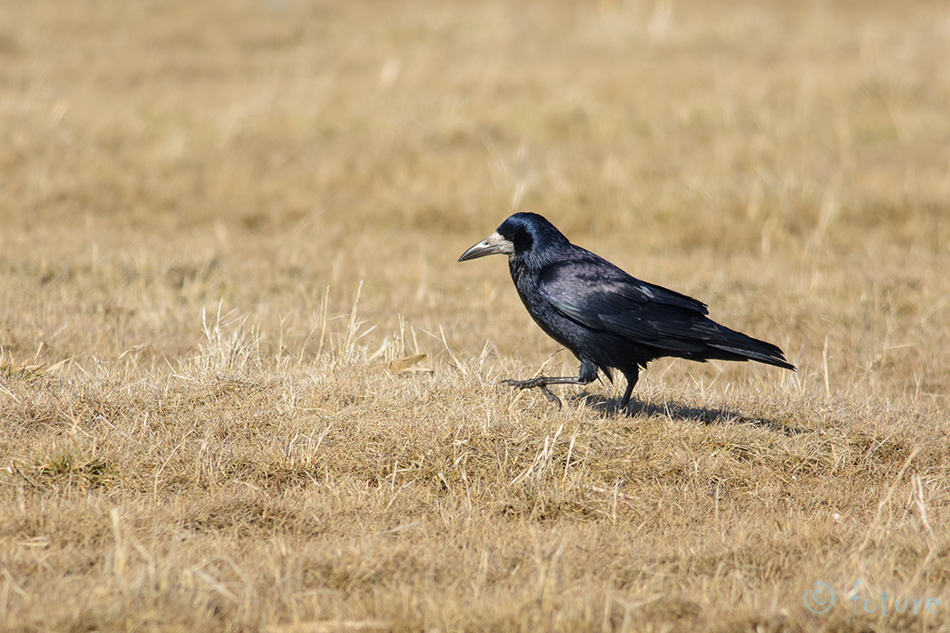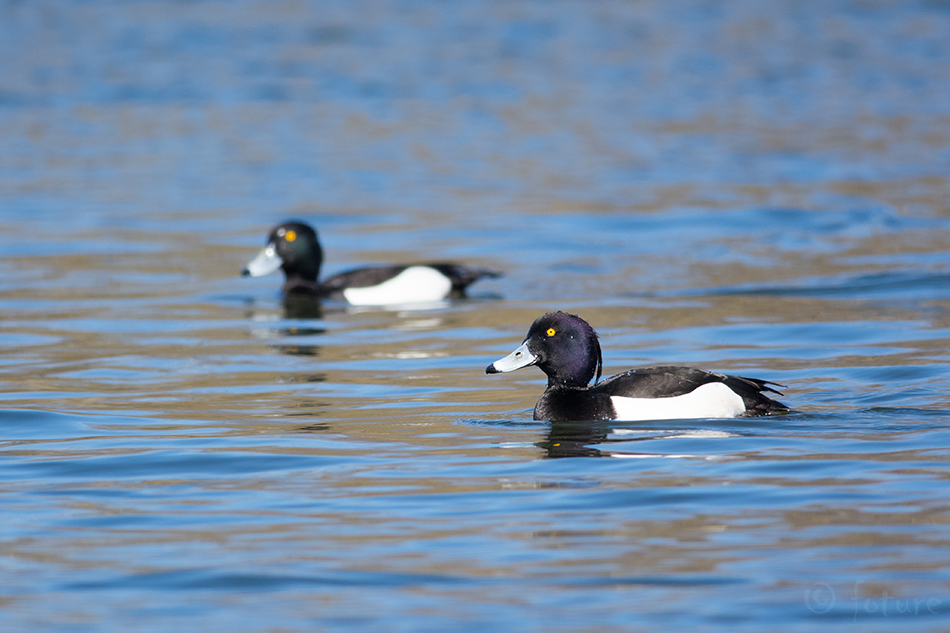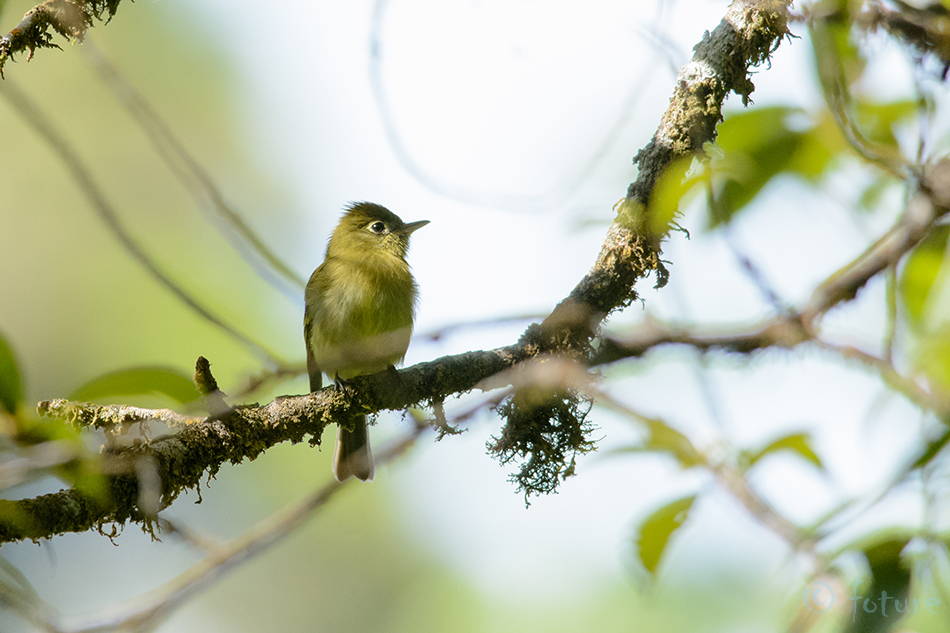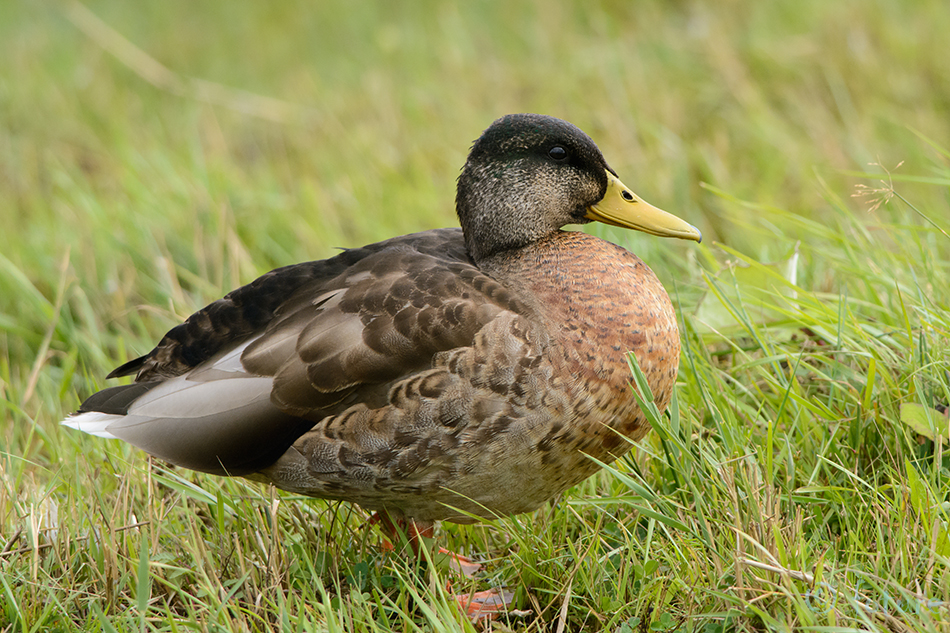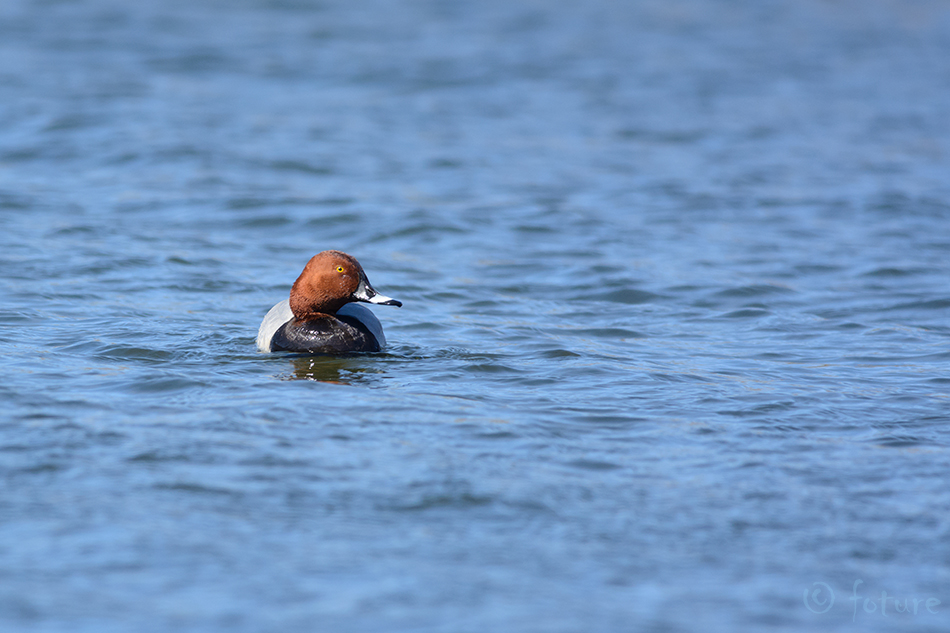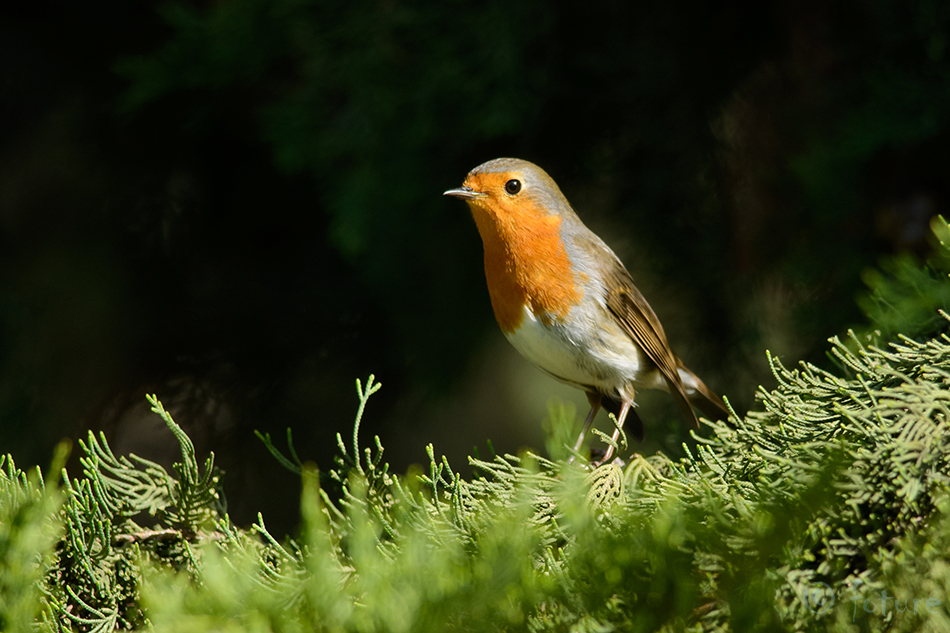
Peaaegu kuu aega on blogis olnud vaikne, aga seda seepärast, et käisin taas piiri taga värsket "materjali" hankimas. Seekord oli sihtkohaks väga mitmekülgse loodusega saar nimega Taiwan. Nende rahvuslindu - taivani lasuurharakat - mul kahjuks pildistada ega ka näha ei õnnestunud, kuid endeemseid liike jäi kaamera ette siiski mitmeid. Alustame taivani bülbüliga, keda võib kohata vaid saare idarannikul ja lõunatipus. Kuigi mainitud paikades nägin neid läbivalt igal pool, siis liik on tegelikult ohustatud ja suuresti seetõttu, et ta seguneb oma läheda sugulase - hiina bülbüliga. Ma küll pole ekspert, kuid ka see isend pildil võib olla hübriid, sest taivani bülbüli müts peaks olema üleni musta värvi. Fotod tehtud Taroko Rahvuspargis.
The blog has been silent for almost a month but this was due to the fact that I was abroad gathering "new material". This time my destination was a beautiful and diverse island of Taiwan. Unfortunately I was not able to photograph or see their national bird - Formosan Blue Magpie - but still several endemic species found their way in front of my lens. Let's start with one of them, Styan's bulbul, whom you can see only on the east coast and the southern tip of the island. Although I saw the bird a lot in these regions, this bulbul has been listed as a species vulnerable to extinction. Mainly due to the hybridisation with the closely related light-vented bulbul. I am no expert but this fellow on the photos can also be a hybrid as Styan's bulbul should have a full black cap. The photos were taken in Taroko National Park.








